media link
Video presentation
Click the link or watch the video presentation to learn more about the Millennial One computer.
modern production
automation trends
Automation and AI are transforming how modern factories operate—but for many businesses, the complexity and cost create a barrier. That’s where Dream Cloud steps in.
Our Intelligent Automation service makes it easy to access cutting-edge tools, robotics, and smart systems—without the confusion. We simplify the process, handle the heavy lifting, and deliver real results through affordable, scalable solutions.
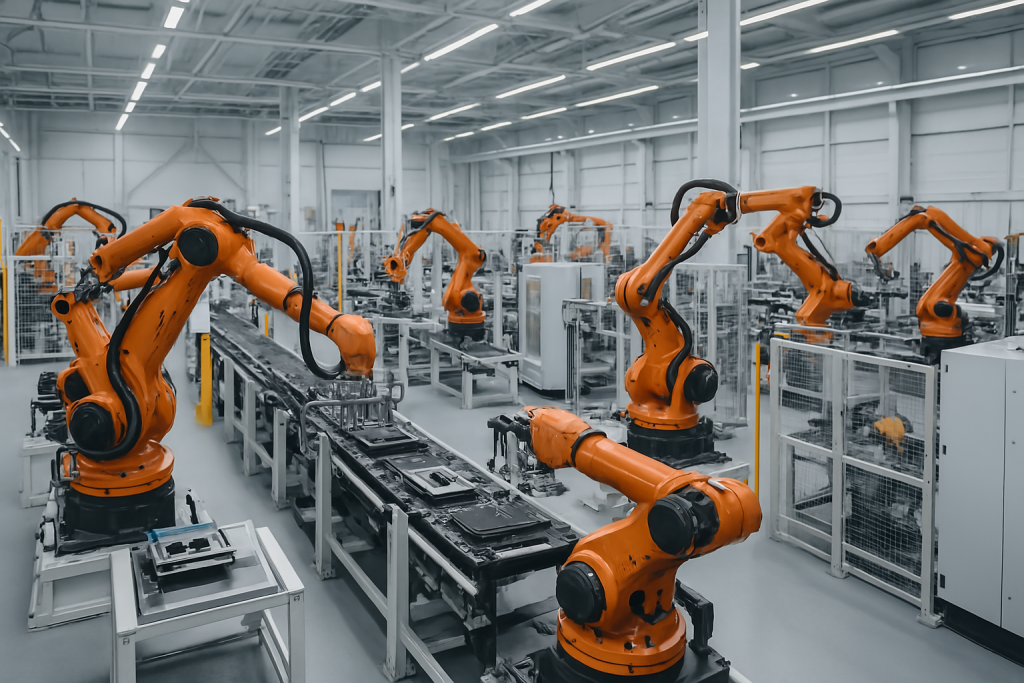
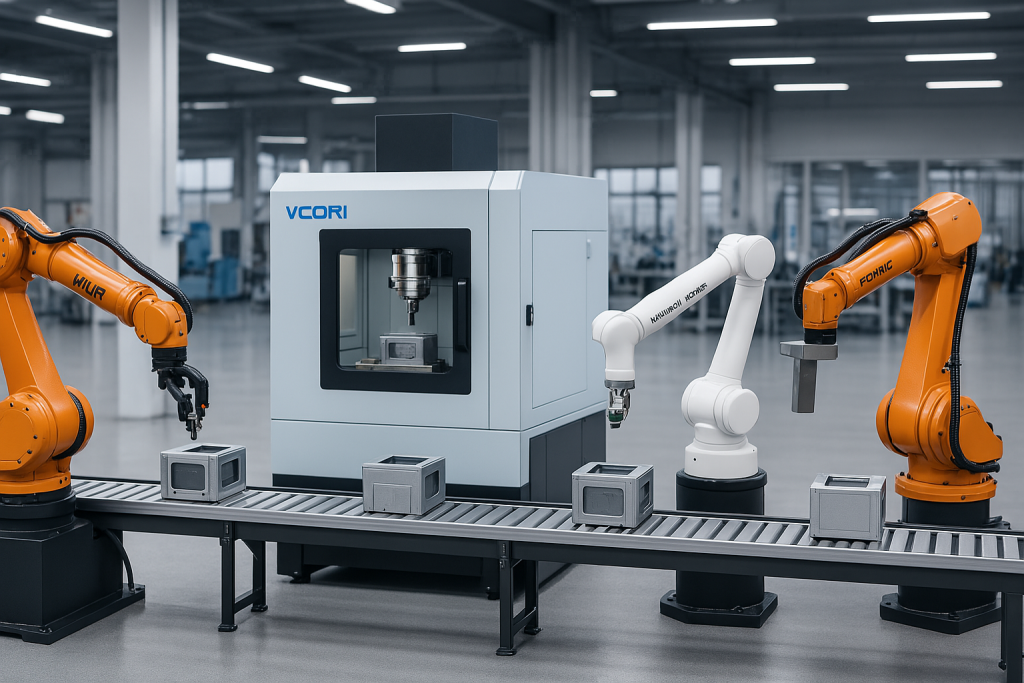
robotics market
Product research
With thousands of automation tools on the market, choosing the right machine can feel overwhelming. Our team specializes in product research and system compatibility.
We match your production goals with trusted manufacturers who offer the best machines for your process. Whether you’re cutting metal, moving pallets, or assembling products, we’ll help you make an informed investment.
subscription pricing
automation leasing
Want automation without the upfront investment? We offer leasing options that make it easier than ever to integrate robotics into your workflow.
With our leasing plans, you pay a single monthly fee that includes setup, maintenance, and support. Scale your production without buying equipment outright—just plug into modern automation when you need it.
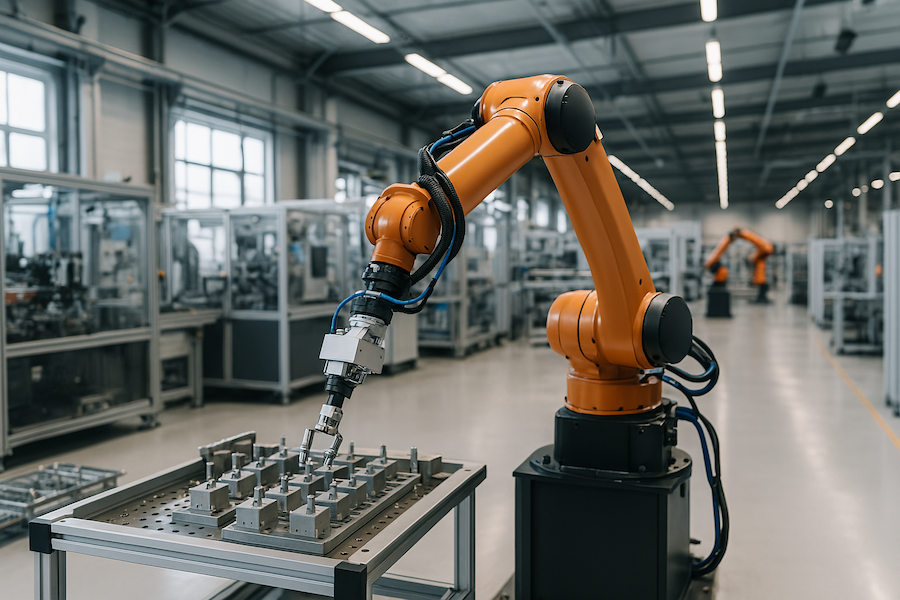
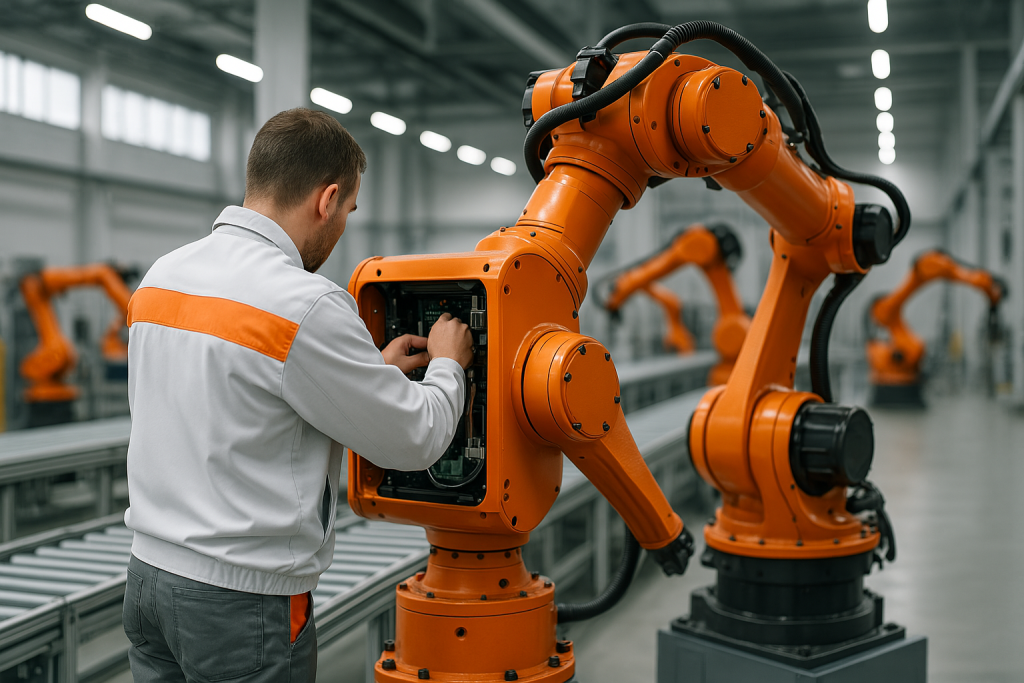
complete service
robotic maintenance
Whether you buy your equipment through us or lease it, Dream Cloud provides full-service support across all systems we offer.
We maintain your machines, troubleshoot issues, and handle repairs—so you can stay focused on what you do best. Our trained technicians ensure everything runs smoothly with minimal downtime.
Robotic assembly
Automation ecosystem
From unloading raw materials to packaging finished goods, Dream Cloud covers every stage of factory automation.
We design modular workflows tailored to your space, production needs, and long-term goals. Whether it’s CNC cutting, robotic welding, or end-of-line palletizing, we bring together the right machines to create a seamless, intelligent system.
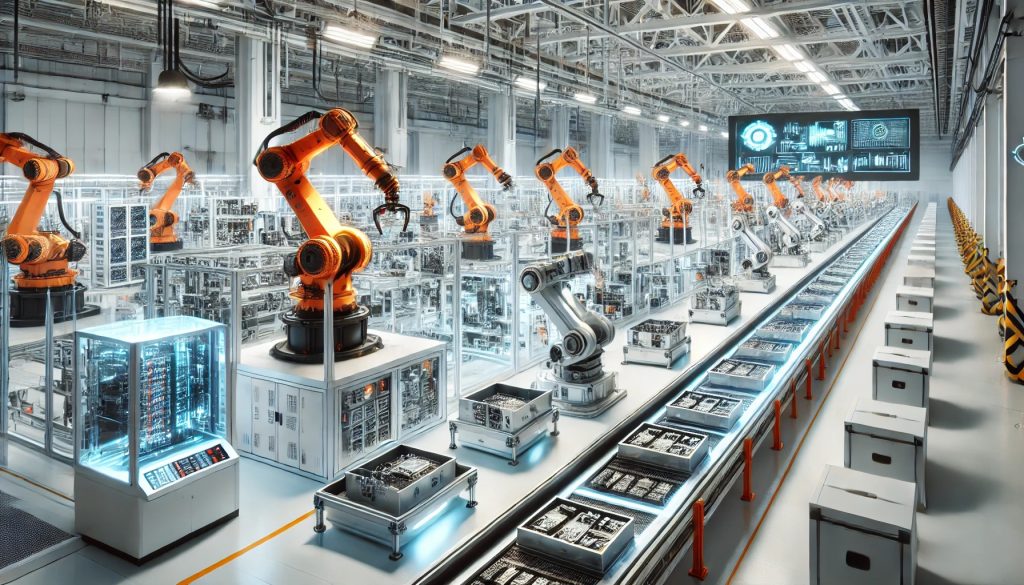
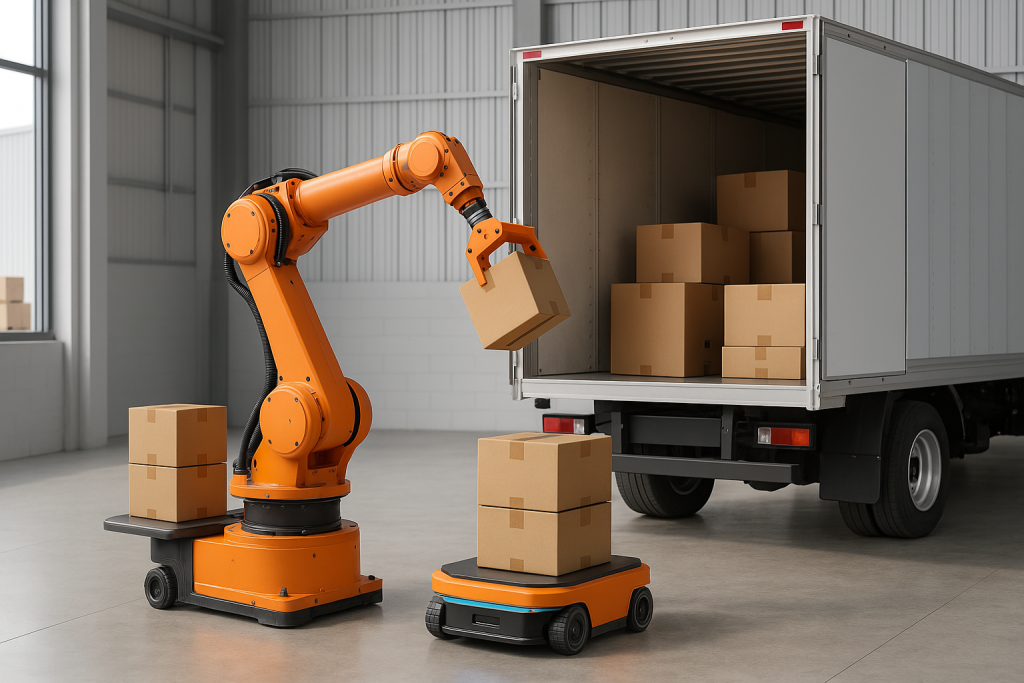
receiving materials
cargo unloading
When a shipment of raw materials arrives—like stacks of sheet metal—robotic forklifts or AGVs (automated guided vehicles) can take over the heavy lifting. These machines unload trucks at the dock, identify pallet contents using scanners or RFID, and move the materials to the first staging zone without human intervention.
Unloading robots reduce labor costs and increase safety by handling repetitive and dangerous tasks. Everything is tracked, timed, and logged automatically so the factory floor knows exactly what’s arrived and where it’s going next. It’s the beginning of an automated workflow that runs without interruption.
factory stocking
material storage
Once unloaded, materials are brought into an automated storage system. Vertical lift modules or robotic shelving systems place each sheet into pre-assigned bins based on size, thickness, or production schedule.
When an order is triggered, the system retrieves only what’s needed, delivering it directly to the next machine. This kind of dynamic inventory control eliminates wasted space and ensures just-in-time production. Your materials stay protected and ready to go—no forklifts or guesswork needed.

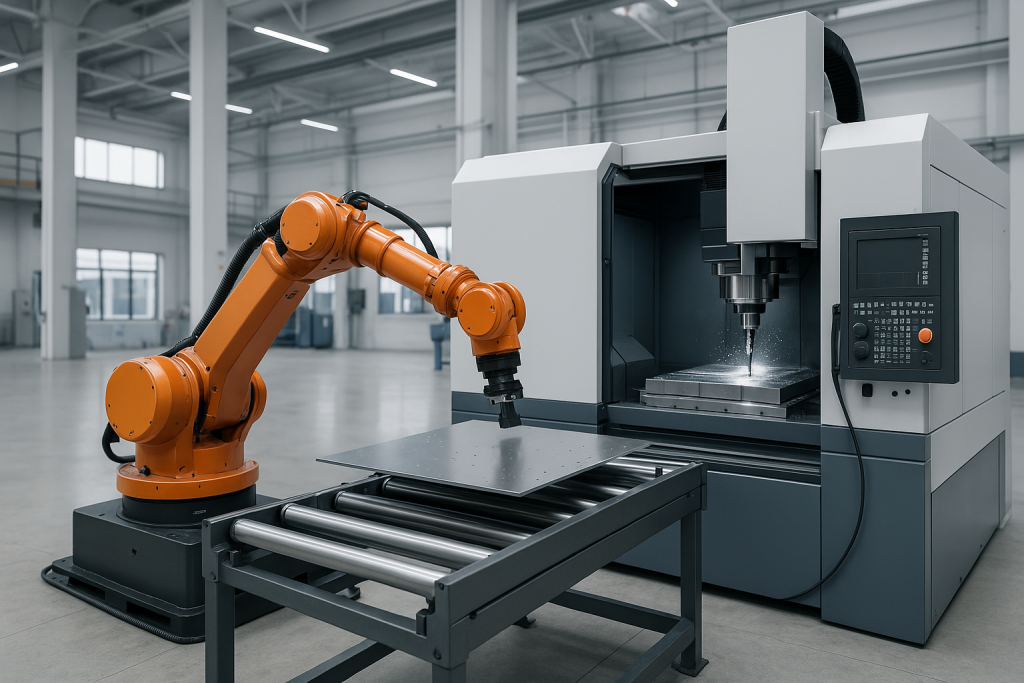
Quality control
cutting robots
The automation process starts with CNC machines that cut the sheet metal into precise forms. These machines receive instructions digitally and operate with minimal human input, using laser, plasma, or mechanical cutting heads.
Each cut is exact, repeatable, and consistent. Materials are loaded automatically from racks or feeders, and parts are removed by robotic arms once finished. This ensures high-speed production without the bottlenecks of manual labor.
robotic drills
automated tapping
After cutting, parts often require holes or threads for bolts, rivets, or fasteners. Automated drill and tap machines take the cut parts and perform this next step seamlessly.
The entire process can be programmed in advance. Robotic arms move the pieces in and out, ensuring each hole is placed with perfect precision. This keeps downstream assembly fast and accurate—no rework required.
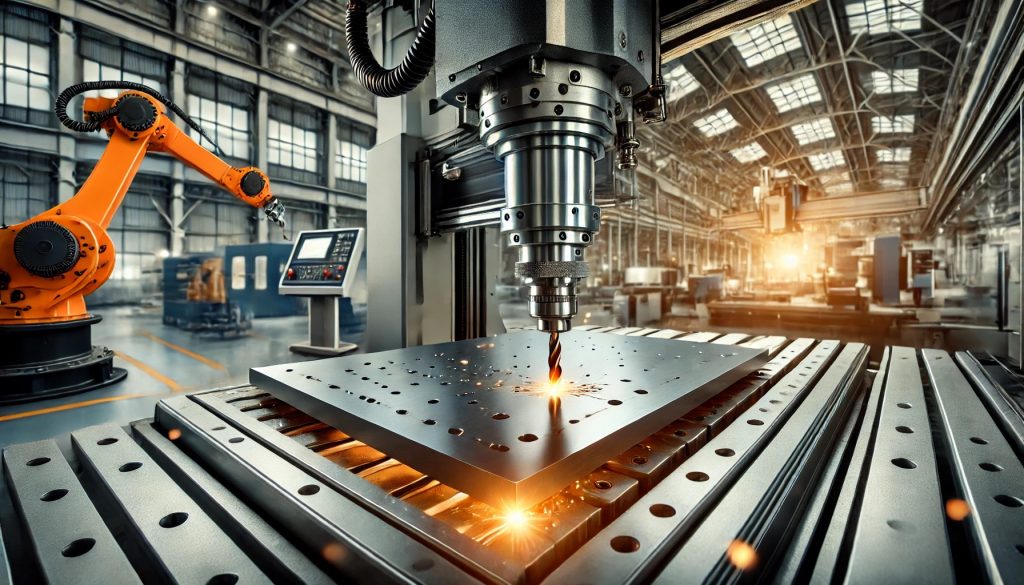
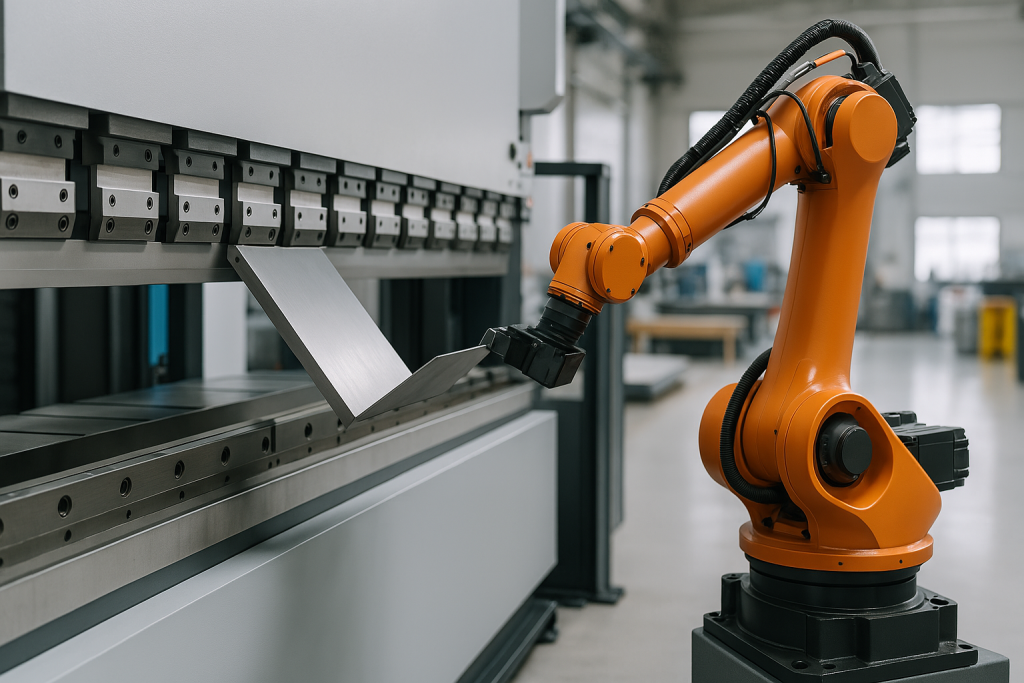
Complete system
form bending
Once the holes are made, parts move on to automated bending machines. These press brakes or fold stations use robotic arms to position each sheet exactly, bending them to spec.
Whether it’s a single bend or a complex multi-angle design, the robots do the heavy lifting and fine adjustments. Every part comes out identical, which is critical for products that need to fit together later.
Product line
Electronic Devices
For plastic parts, automation begins at the injection molding machine. Raw plastic pellets are fed into the machine automatically, melted, and injected into a mold under high pressure to form the desired shape.
Robotic arms handle the removal of each molded part with care and consistency. These parts are then placed on conveyors or into bins for cooling and inspection. The result is a fully formed product, ready for finishing, without requiring manual removal or supervision.
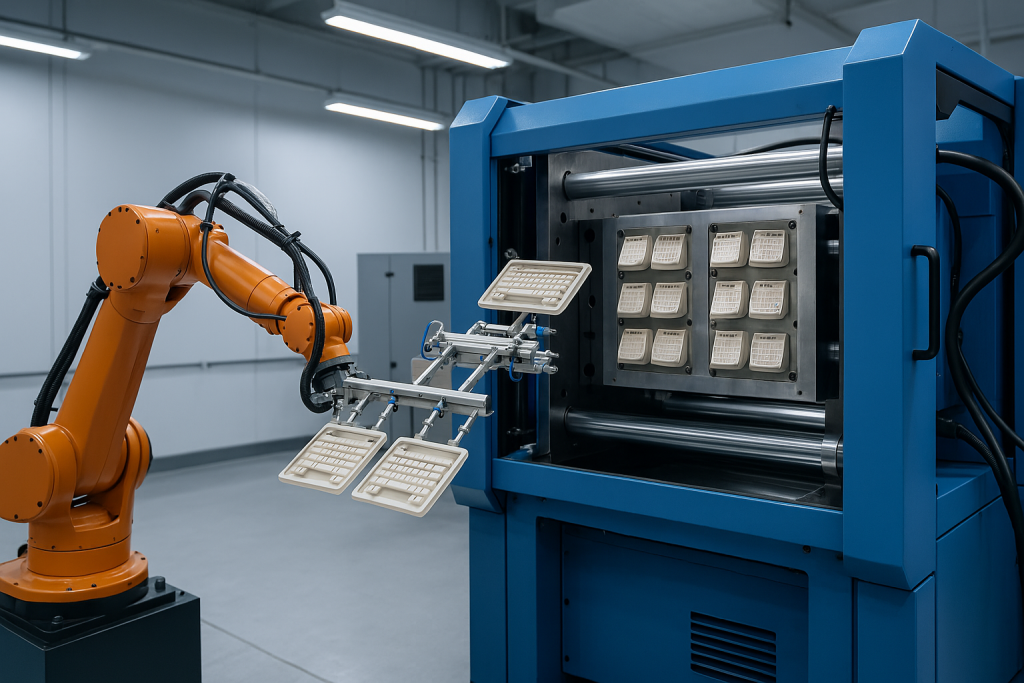
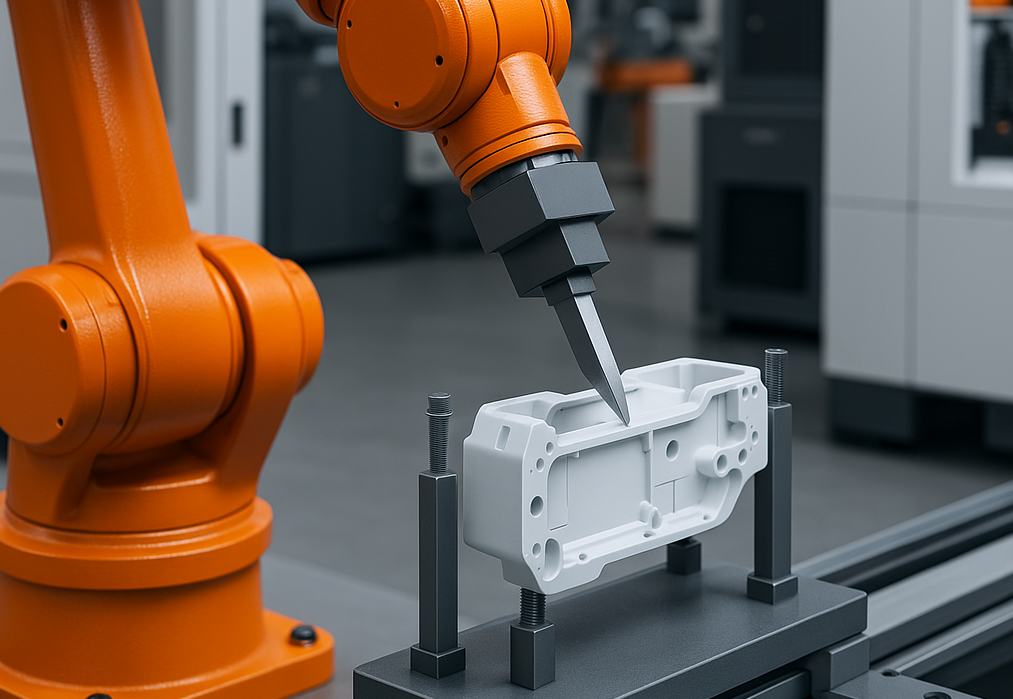
cleaning material
plastic trim
Once cooled, many molded plastic parts need to be trimmed to remove excess material from seams or injection points. Automated trimming stations use cutters, lasers, or precision blades to clean up each part.
Vision systems scan the parts for defects like warping, bubbles, or incomplete fills. Robots sort acceptable parts from rejects instantly. This ensures only perfect pieces move forward in your production line.
fusing plastic
component assembly
Some molded parts are designed to interlock or fuse with others—whether through ultrasonic welding, press-fitting, or adhesive bonding. Automation can handle these tasks as well.
Specialized fixtures hold the parts in place while robotic arms perform the joining operation. These systems are fast, consistent, and ideal for products like plastic enclosures, containers, or modular parts.
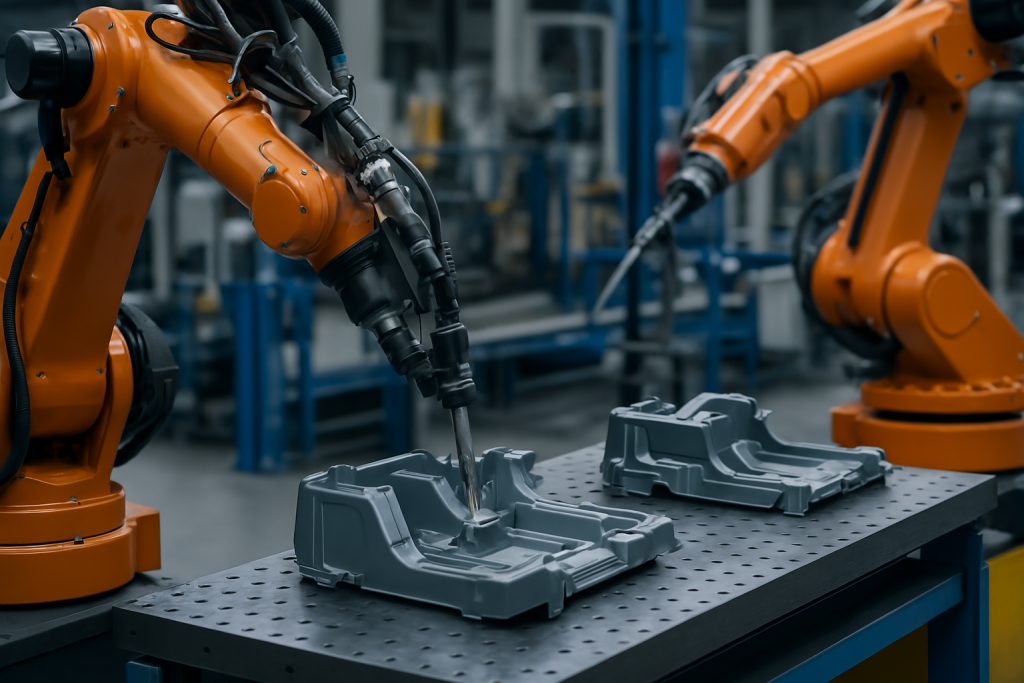
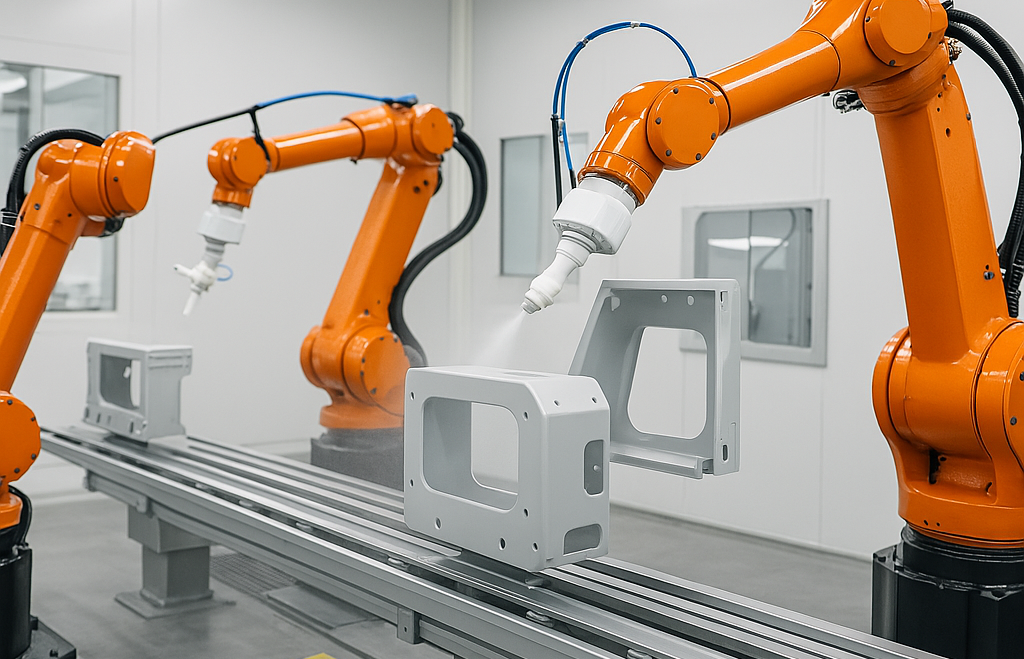
Application ecosystem
protective paint
Before parts can be assembled, many require surface treatments like painting or powder coating. Automated paint booths can prep, coat, and dry components in batches or continuous lines.
These systems reduce waste and ensure even coverage. Robots handle the spraying while conveyors or arms move parts through curing ovens. It’s clean, controlled, and produces a high-quality finish every time.
computer repairs
final assembly
As coated parts exit the finishing stage, they move into the assembly zone. Here, collaborative robots (cobots) can insert fasteners, perform welding, or snap parts into place with little to no human oversight.
Vision systems double-check alignment and part presence. Each unit is assembled according to a digital model, with tracking to ensure accuracy and traceability. You get consistency, efficiency, and a faster path to completion.
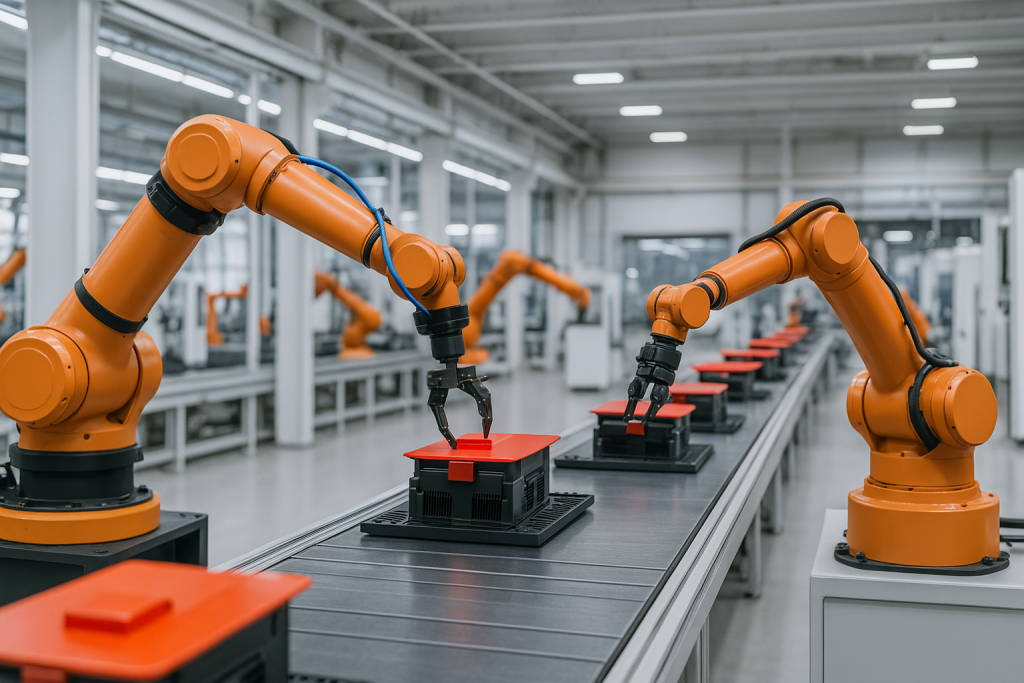
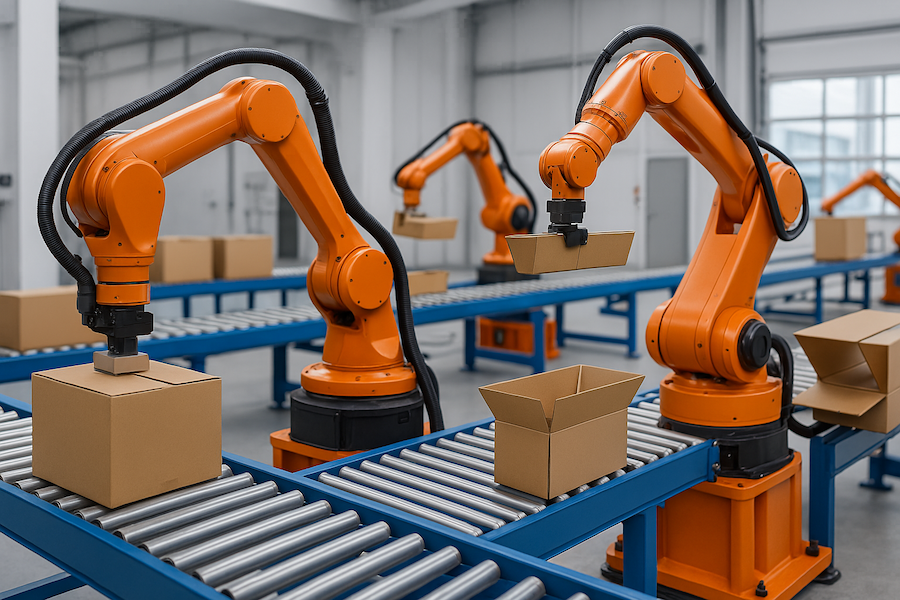
shipping preparation
robotic packaging
Once assembled, products move into the packaging area. Robotic arms fold boxes, insert products, add protective material, and seal packages.
Label printers apply shipping data while scanners ensure the right items are packed. Automation ensures your final product leaves the factory clean, complete, and correctly labeled for the next destination.
transportation stage
product launch
Completed packages are transferred by AGVs or conveyors to the outbound staging area. Here, they’re sorted by destination and queued for the next truck.
Robotic forklifts or dock-side arms handle loading. Your products leave the facility just like they came in—moved entirely by machines. From truck to truck, your production flow stays streamlined and human hands stay focused on creative work, not heavy lifting.
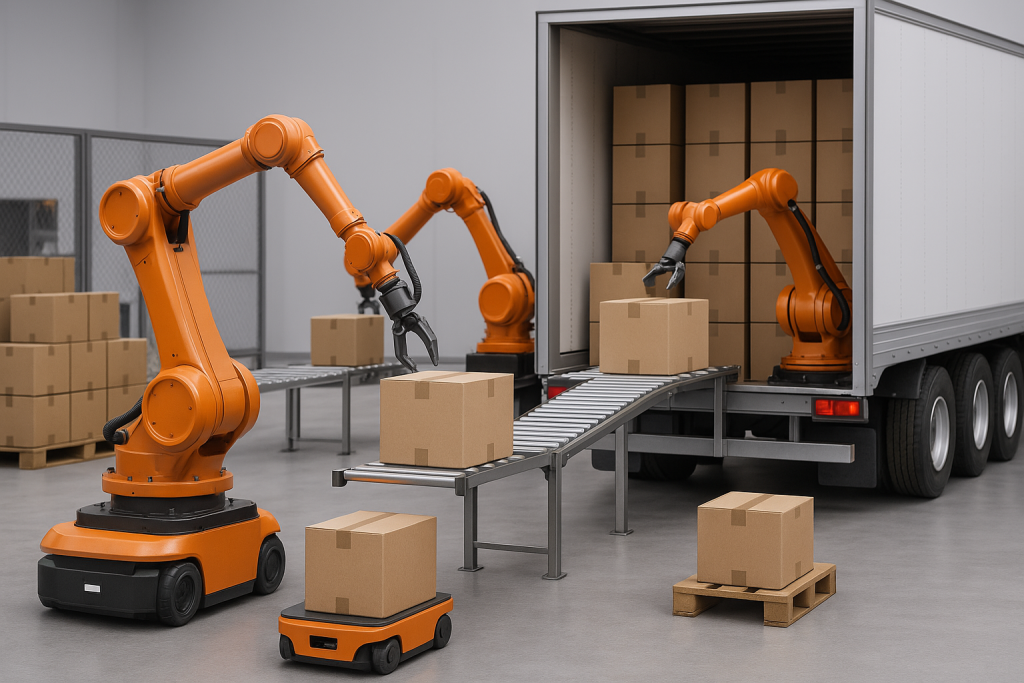
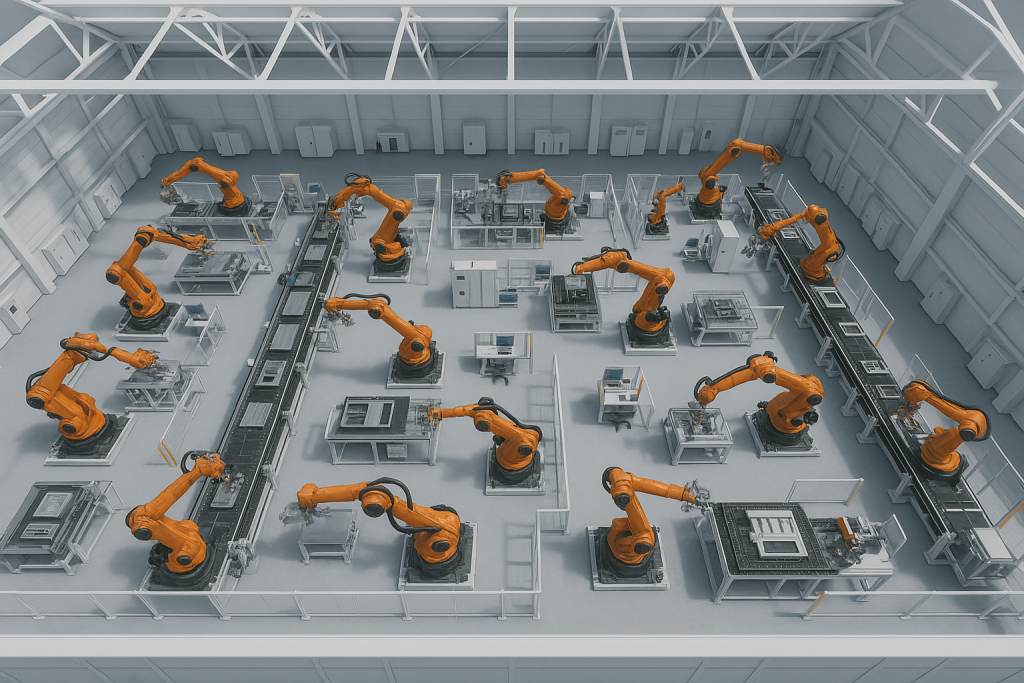
outsource production
factory service
Don’t want to build your own production line just yet? You can outsource your product to a Dream Cloud automated factory.
We handle the manufacturing for you using the same intelligent systems we install for clients. You get high-quality, efficient production—without needing to own or operate any equipment yourself.
automated manufacturing
tech supply chain
Expanding domestic manufacturing by replacing components in existing electronic devices with Made in USA parts.

